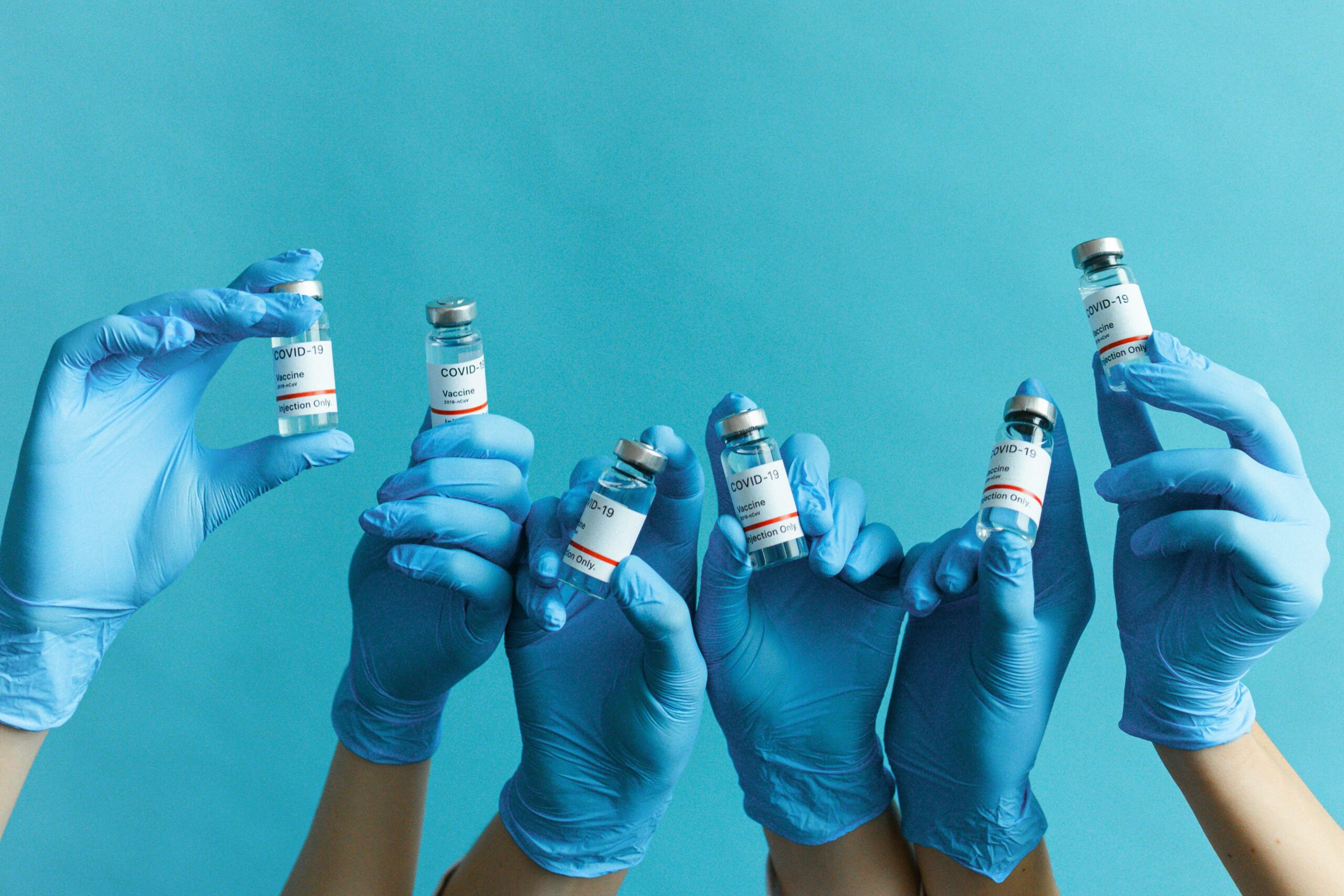Introduction: The Future of Healthcare in 2025
As we step into 2025, the world of medicine is witnessing revolutionary breakthroughs that are transforming healthcare as we know it. With artificial intelligence, gene therapy, nanotechnology, and regenerative medicine, we are closer than ever to curing diseases, extending life expectancy, and improving patient care.
From cancer treatments to AI-driven diagnostics, these innovations are not just concepts but are actively reshaping hospitals, clinics, and research labs worldwide. Let’s explore the most groundbreaking medical innovations of 2025 and their impact on our health.
AI and Machine Learning in Medicine
1. AI-Driven Diagnostics and Personalized Treatment
AI has become a powerful tool in disease detection and personalized medicine. In 2025, AI is capable of:
✔ Detecting cancers, heart diseases, and neurological disorders earlier than ever.
✔ Predicting disease risk based on genetics and lifestyle.
✔ Providing personalized treatment plans using big data and machine learning.
Example: AI algorithms are now diagnosing Alzheimer’s disease up to 10 years before symptoms appear, allowing for early intervention.
2. Robotic-Assisted Surgeries
AI-powered surgical robots have improved in precision, accuracy, and speed.
✔ Minimally invasive procedures reduce recovery time.
✔ Robots assist in complex surgeries like neurosurgery and cardiac procedures.
✔ AI helps reduce surgical errors and enhance outcomes.
Example: The da Vinci X surgical robot in 2025 can perform delicate operations with near-perfect precision, reducing complications.
Revolutionary Cancer Treatments
3. Gene Therapy and CRISPR Technology
CRISPR-based gene editing has taken a giant leap in cancer treatment by allowing doctors to:
✔ Target and destroy cancer cells at the genetic level.
✔ Modify immune cells to better recognize and attack tumors.
✔ Reduce chemotherapy side effects by precisely targeting only cancerous cells.
Example: The FDA has approved personalized CRISPR cancer treatments that reprogram a patient’s immune system to fight their specific tumor.
4. Immunotherapy 2.0
✔ Next-gen checkpoint inhibitors boost the immune system to destroy cancer.
✔ Personalized mRNA cancer vaccines are now in clinical use.
✔ New therapies prevent cancer recurrence by training the immune system.
Example: In 2025, breast cancer patients are seeing a 60% reduction in recurrence rates thanks to immunotherapy advancements.
Regenerative Medicine and Organ Transplants
5. 3D Bioprinting of Organs
One of the most exciting breakthroughs in 2025 is the ability to 3D print human organs using a patient’s own cells.
✔ Artificial kidneys, hearts, and lungs are now being successfully transplanted.
✔ This eliminates the need for organ donors.
✔ Reduces the risk of organ rejection.
Example: Scientists in Japan successfully bioprinted and transplanted a functional human liver, offering hope for liver disease patients.
6. Stem Cell Therapy for Chronic Diseases
Stem cells are being used to repair damaged tissues and regenerate organs.
✔ Parkinson’s disease: Stem cells are reversing nerve damage.
✔ Diabetes: Stem cells regenerate insulin-producing cells.
✔ Spinal cord injuries: Patients regain movement with stem cell injections.
Nanotechnology in Medicine
7. Smart Nanobots for Drug Delivery
✔ Nanobots can travel through the bloodstream and deliver drugs directly to diseased cells.
✔ This eliminates side effects and increases treatment effectiveness.
✔ Cancer patients now receive targeted chemotherapy with minimal discomfort.
Example: In 2025, nanobots are treating brain tumors without surgery, significantly improving survival rates.
8. Wearable Nanotech Health Monitors
Smart wearables now use nano-sensors to track vital signs, detect diseases early, and provide real-time health feedback.
✔ Continuous blood sugar monitoring for diabetics.
✔ Early heart attack and stroke detection.
✔ Real-time monitoring for chronic disease patients.
Example: A nano-wearable patch detects COVID-25 infections before symptoms appear, helping to prevent outbreaks.
Digital Health and Telemedicine
9. Virtual Reality (VR) in Pain Management and Therapy
VR is now used for pain relief, mental health therapy, and rehabilitation.
✔ Helps reduce chronic pain without opioids.
✔ Treats PTSD, anxiety, and depression.
✔ Improves mobility in stroke patients through virtual therapy exercises.
10. Advanced Telemedicine and AI Doctors
✔ AI chatbots diagnose minor conditions and provide medical advice.
✔ Remote robotic surgery allows specialists to operate on patients worldwide.
✔ AI-assisted mental health counseling provides immediate support.
Example: Rural patients now have access to top-tier medical care via AI-powered virtual consultations.
Cardiovascular Innovations
11. Artificial Intelligence in Heart Disease Prevention
✔ AI predicts heart attacks and strokes before they occur.
✔ Wearable ECG monitors alert doctors in real time.
✔ Personalized heart health plans prevent cardiac arrests.
12. Lab-Grown Blood Vessels and Artificial Hearts
✔ Scientists have developed synthetic blood vessels that integrate seamlessly into the body.
✔ Artificial hearts now last decades without rejection.
Example: Patients with heart failure receive bioengineered hearts, reducing transplant waiting lists.
Breakthroughs in Infectious Disease Treatment
13. Universal Flu and COVID-25 Vaccine
✔ A single vaccine now protects against all flu strains and evolving coronaviruses.
✔ Uses mRNA and AI to adapt instantly to new viral mutations.
14. AI-Powered Antibiotics
✔ AI has discovered new classes of antibiotics that fight drug-resistant bacteria.
✔ Superbug infections are now treatable with next-gen antibiotics.
